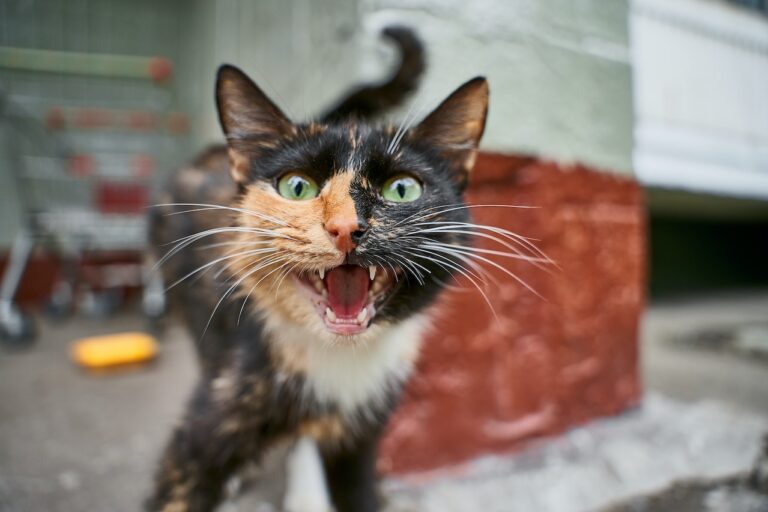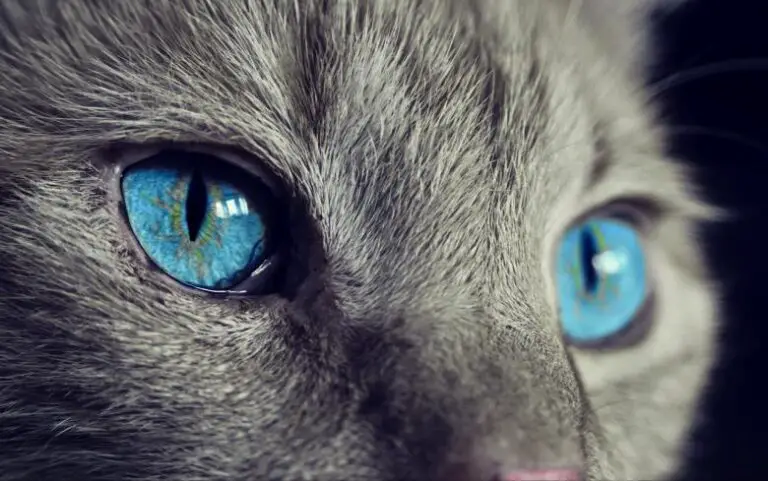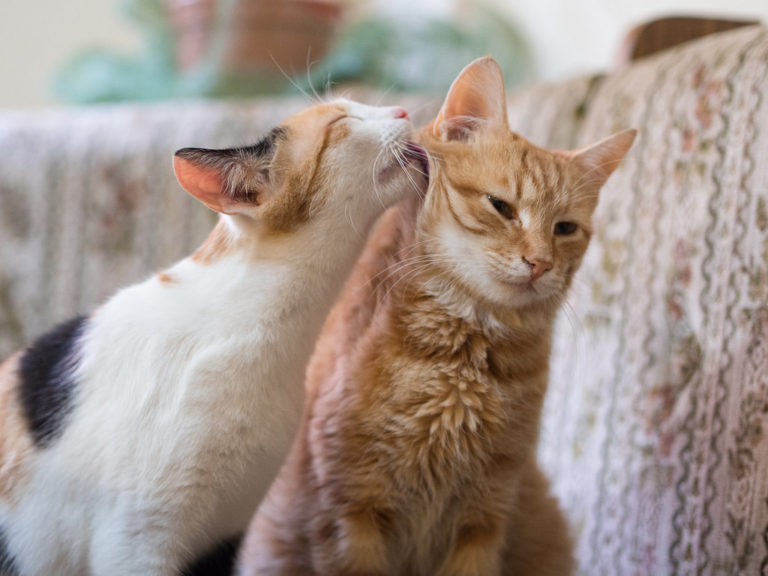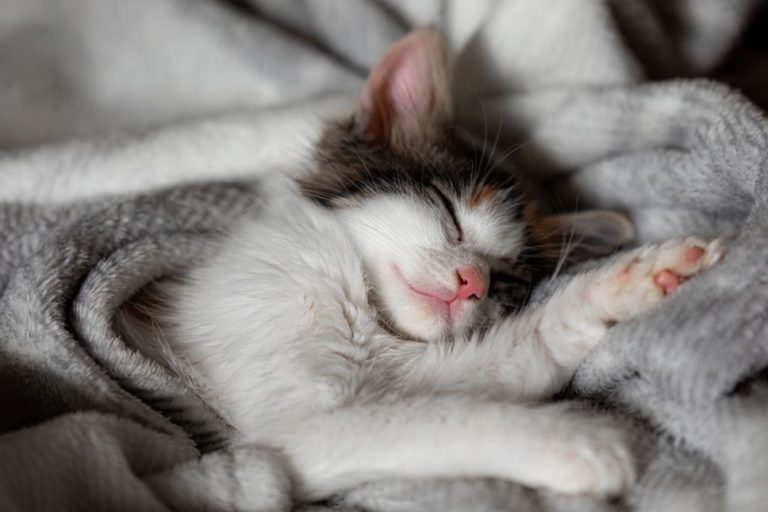
If you have a cat, it’s likely that you’ve considered getting a rabbit as well. Cats and rabbits have been known to get along in the same household, but there are also many cases where things don’t go as planned.
Rabbits are herbivores, meaning they eat only plants. They have teeth designed for grinding plant matter and do not have the molars that cats use to chew meat. This is why rabbits cannot eat dry cat food or dog food.
Cats are carnivores, like dogs, and need a high protein diet to thrive. Cats also have different nutritional needs than other pets like dogs and rabbits.
Cats and rabbits can live together if they are introduced at an early age. However, it is important that they be introduced properly so they can get to know each other without causing any harm to either animal. The key is understanding what each animal needs so they can live together peacefully.
Cats and rabbits can be friends. Rabbits are social creatures that love companionship, but they also have their own unique personalities and needs. If you can meet these needs and give them enough space of their own, you may find that your rabbit enjoys having a feline friend around the house!
Are Cats a Danger to Rabbits?
Rabbits and cats are both domesticated animals, but that doesn’t mean they’re safe together. A rabbit may not be able to outrun a cat, but they can protect themselves by biting, kicking and scratching. Rabbits also have strong teeth and sharp incisors that can cause injury if they’re provoked.
When it comes to cats and rabbits, there is a lot of controversy. Some people say that cats are a danger to rabbits and that they should not be kept in the same house. Others argue that if the cat has been raised with the rabbit from an early age, then there should be no problems.
In my opinion, I think that cats and rabbits can live together peacefully if you make sure that the rabbit has a safe place to run away to when things get rough. It is also important to make sure that your cat does not have access to your rabbit’s living quarters without supervision.
It is important to remember that even though they are cute little animals, rabbits are still prey animals who have been hunted by predators for thousands of years – including dogs, foxes and wolves – so they have learned how to protect themselves from their enemies.
Rabbits are not usually aggressive toward people, but they can be aggressive toward other animals in the home. Rabbits may attack other pets or even people if they feel threatened or scared by them. If your cat gets too close to your rabbit’s cage, it may attack the cat in self-defense.
Will My Cat Eat My Rabbit?
The answer is no, but only because cats are not carnivores. They do not have the digestive system necessary to digest meat, so they will not be able to eat your rabbit. However, even if the cat does try to eat the rabbit, it is highly unlikely that it will be successful.
If your cat spends most of his time outdoors, he’s more likely to eat your pet rabbit in the wild. This is because outdoor cats are exposed to more opportunities for hunting than indoor cats who spend most of their time inside with their families.
Rabbits are pretty good at running away from predators (including cats), and they have very powerful hind legs with long claws that can inflict painful scratches on an attacker.
If your cat does succeed in capturing a rabbit, it will only be able to eat part of it because it cannot digest the bones or fur. This means that you may see small pieces of fur around your house or yard after the attack occurs.
Kittens and rabbits usually do not get along well together because kittens tend to play roughly with their toys and this can cause pain for rabbits who don’t like being grabbed by their ears or tails.
Your rabbit is not going to make a good meal for your cat anyway. Rabbits are herbivores and they don’t have any nutritional value for carnivorous cats. They also have fur instead of meat and bones, so even if your cat was able to sink her teeth into your bunny’s flesh, she wouldn’t be able to rip off a piece large enough to swallow without choking on it first.
How Do You Introduce a Cat to a Rabbit?
If you have a rabbit and a cat in your house, you may be wondering how to introduce them. Be forewarned that it’s not always easy to get these two species to coexist peacefully. In fact, some people wouldn’t even try because of the potential risks involved.
First, make sure both animals are healthy. If either one is sick, then it’s best to wait until they’ve recovered before you try introducing them.
Next, if possible, bring your rabbit home first so that you can get it used to its new surroundings before introducing a cat. This will help prevent any accidents from happening in the future.
Once you think your rabbit is ready for company, start by introducing them in a neutral territory such as inside or on neutral ground outside like a porch or patio area. The less exciting the location is for your cat or dog, the better chance they have of becoming friends with the new arrival without feeling threatened by their presence.
Rabbits are smart, affectionate animals that can be wonderful companions for cats. However, introducing a cat to a rabbit is a process that requires patience and care.
Rabbits who are raised around cats tend to get along with felines better than rabbits who haven’t been exposed to them as kittens. But even if you’ve raised both pets together from birth, there are still some things you need to do when introducing them for the first time.
Can Cats and Rabbits Share a Litter Box?
Although cats and rabbits may seem like they have a lot in common, they are actually quite different. This can cause problems when you’re trying to share a litter box.
Rabbits are territorial animals and will mark their territory with urine and feces. They also tend to be very clean creatures and prefer to have the same bathroom spot all the time. Unfortunately, this means they are often not happy sharing a litter box with another pet, even if it is their own species.
Cats, on the other hand, aren’t usually as concerned about where they go as long as it’s somewhere private (like under the bed). Cats also tend to be less particular about where they go than rabbits are about where they go.
Therefore, even though rabbits and cats might both use the same litter box at first glance, there’s no guarantee that your rabbit will be happy with sharing his space with another animal. In addition, just because your rabbit has been using a certain area for his toileting habits doesn’t mean he won’t start going somewhere else if there’s something about it that he doesn’t like — such as having another animal sharing his space or making too much noise near him while he’s trying to relax after eating.
However, if you want your pets to live together happily, you need to create an environment where they both feel comfortable. This means creating a space where the cat can’t pounce on or attack the rabbit without being seen first by the rabbit. It also means creating a place where the rabbit can get away from any aggressive acts from the cat if necessary.


![Cats Move Their Eyes Can Cats Move Their Eyes? [Cat Vision Explained]](https://kitteria.com/wp-content/uploads/2022/07/Cats-Move-Their-Eyes-768x512.jpg)




